Top Things to Know Before Buying Flower Pots for Your Home
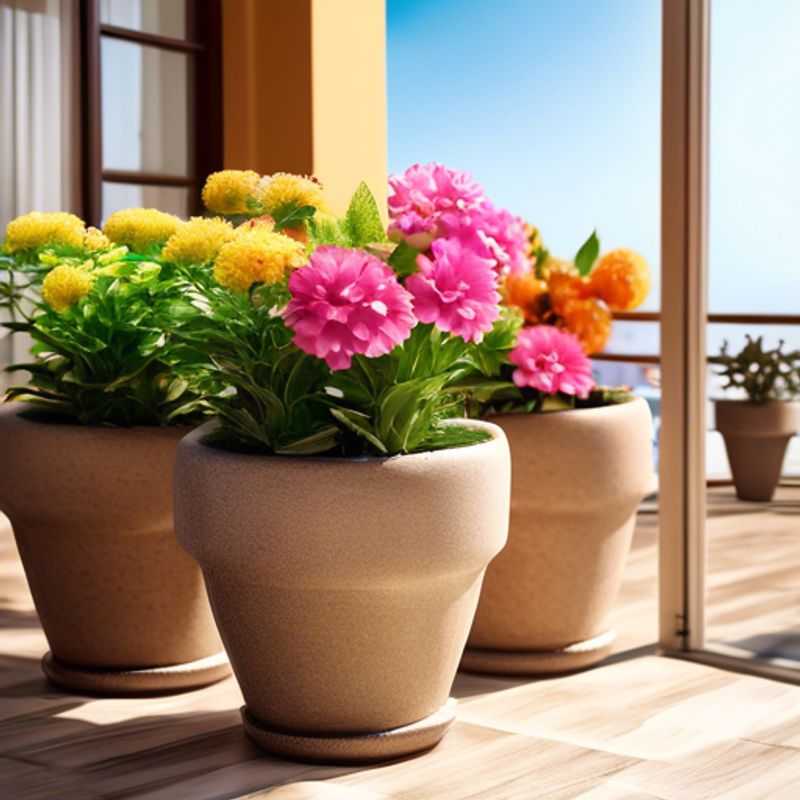
Top Things to Know Before Buying Flower Pots for Your Home: Size, Material, Drainage, Weight, Weather Resistance, Warranty, and Planting Area
Before you embark on your plant-filled journey, it's crucial to consider the key factors that influence the selection of flower pots for your home.
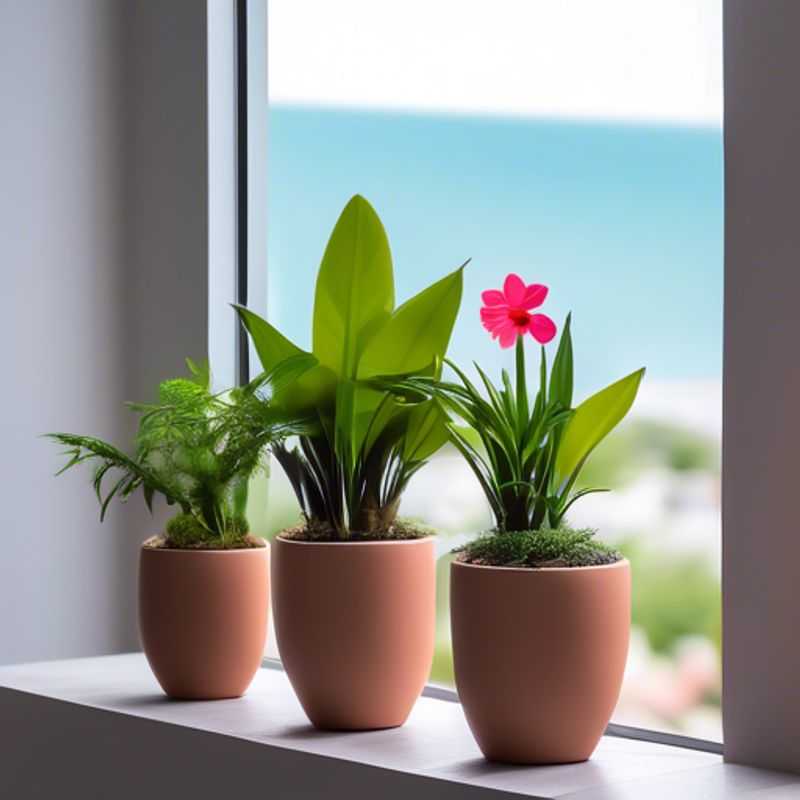
Potting Perfection: Choosing the Right Size and Shape for Your Space
Choosing the right flower pot size and shape is crucial for plant health and aesthetics. Consider your space, the plant's growth habits, and the overall look you're going for.
Size matters: A pot that's too small will restrict root growth and lead to overcrowding. Too large a pot can cause the soil to stay wet for too long, leading to root rot.
Shape plays a role: Wide, shallow pots are good for plants with shallow root systems. Deep pots are suitable for plants with deep roots.
Matching the plant: Small plants need smaller pots, while larger plants need larger pots. Remember to repot your plants as they grow to provide adequate space for healthy development.
Aesthetics: The shape and material of the pot can add to the visual appeal of your space. Choose a pot that complements the style of your home and the look you're trying to achieve.
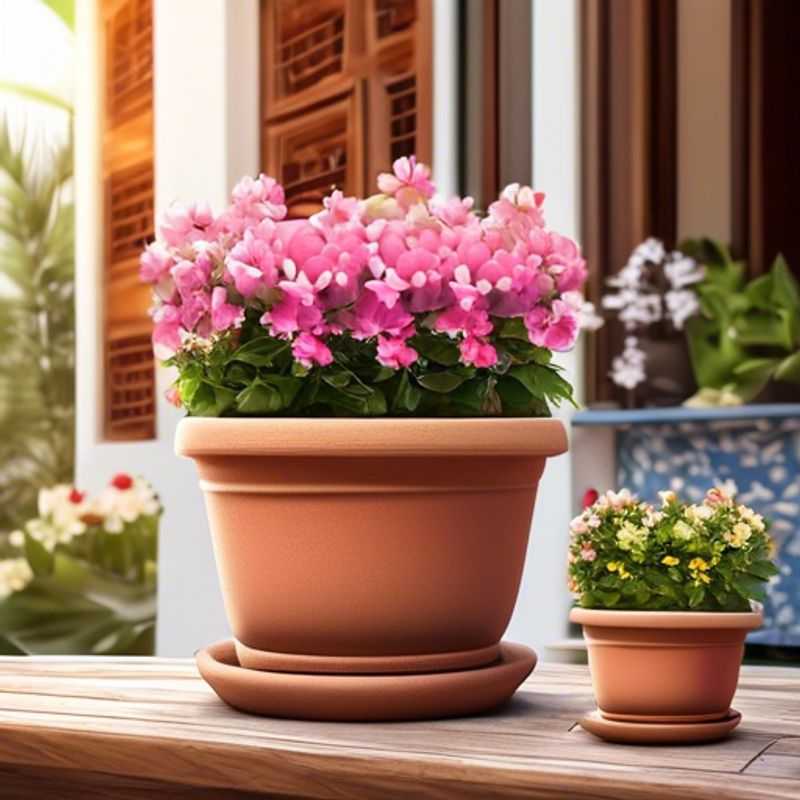
Choosing the Right Material: Ceramic, Terracotta, Plastic, and More
Choosing the right material for your product is a crucial step in ensuring its performance, durability, and sustainability. Let's break down the most common materials and their ideal applications:
Ceramic: Known for its heat resistance, durability, and aesthetic appeal. Ideal for cookware, tableware, and tiles. However, ceramic can be fragile and prone to chipping.
Terracotta: A type of unglazed ceramic, offering excellent heat retention and breathability. Commonly used for flower pots, ovens, and decorative items. Its porous nature makes it susceptible to water absorption.
Plastic: Offers versatility, lightweight, and cost-effectiveness. Widely used for packaging, toys, and household items. However, some plastics pose environmental concerns due to their slow decomposition rate.
Metal: Known for its strength, durability, and conductivity. Ideal for tools, appliances, and construction materials. However, metals can be heavy and prone to corrosion.
Glass: Offers transparency, heat resistance, and aesthetic appeal. Commonly used for windows, bottles, and decorative items. It is fragile and requires careful handling.
Wood: A natural, renewable resource known for its beauty and warmth. Used for furniture, flooring, and construction materials. It is susceptible to moisture damage and requires proper maintenance.
To make the best decision, consider your product's function, intended use, environmental impact, and cost. Conduct thorough research and consult with experts if needed.
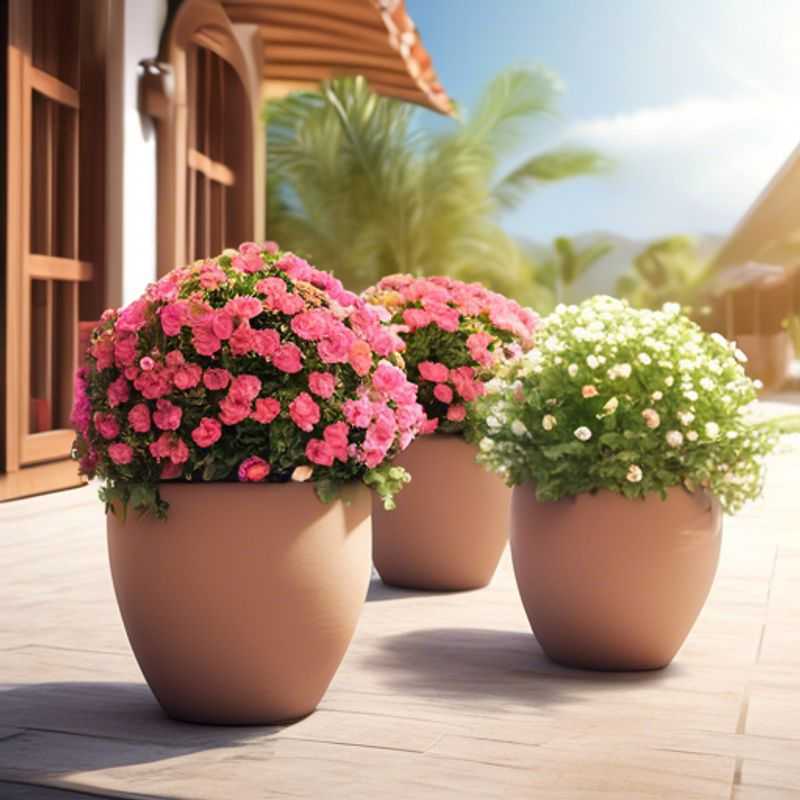
Don't Get Soggy: Check for Drainage Holes for Proper Water Flow
Drainage holes are essential for various products, from planters to outdoor furniture, ensuring proper water flow and preventing damage. These holes allow excess water to escape, reducing the risk of rot, mildew, and structural issues. Look for drainage holes in the bottom or sides of products designed to hold liquids or be exposed to the elements. They are typically small, often round or slotted, and strategically placed to ensure efficient water evacuation.
When selecting products, it's crucial to consider drainage hole size and location. Larger holes can facilitate faster drainage, but may also allow soil or debris to escape. Well-placed holes ensure water drains effectively without compromising the product's stability.
Regularly inspect drainage holes to ensure they are not clogged with dirt, leaves, or other debris. Cleaning them regularly can prevent water buildup and prolong the product's lifespan.
Drainage holes are a simple yet vital feature for maintaining the functionality and longevity of various products. Their presence contributes to proper water management, preventing damage and promoting a longer service life. By considering their presence and maintenance, you can ensure your products remain in excellent condition.
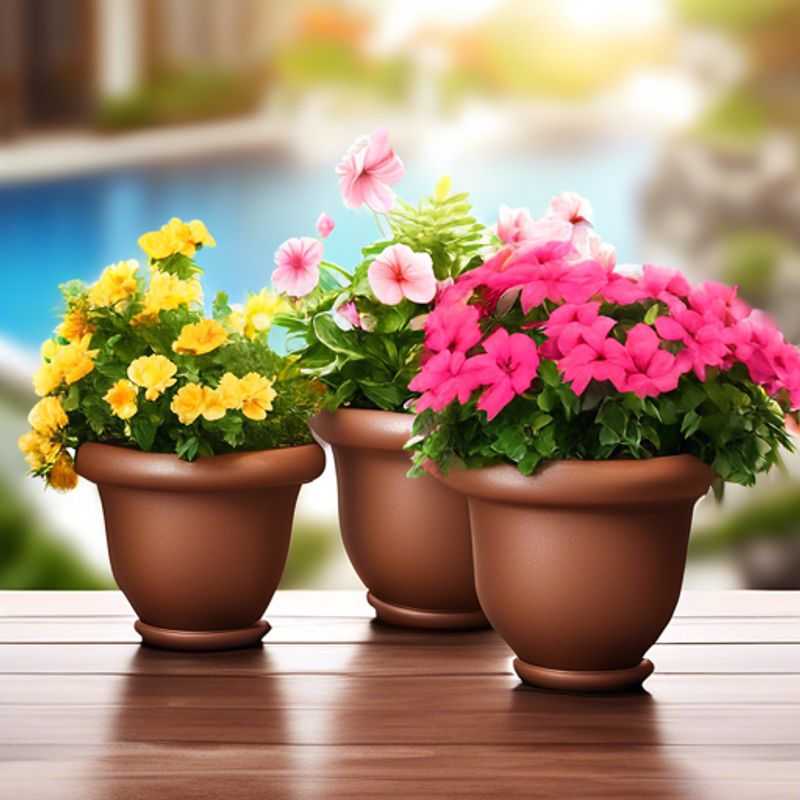
Choosing the Right Pot: Weighing Your Options for Indoor Plants
The weight of a pot is an often overlooked factor, particularly when choosing pots for indoor plants. While aesthetic appeal and material are important considerations, the weight, especially for larger pots, can significantly impact your indoor space and even pose safety risks.
Here's what you should consider:
1. Safety: Heavy pots, especially those filled with soil and plants, can become unstable and prone to tipping over, potentially causing injury or damage. This is particularly important in areas with high foot traffic or where children or pets might be present.
2. Structural Integrity: Ensure the surface you place the pot on can safely support its weight. For instance, wooden floors or shelves may need reinforcement if they're carrying heavy planters.
3. Movement and Maintenance: Heavy pots become difficult to reposition or clean, making maintenance and rearranging your plants a cumbersome task.
4. Indoor Plants: For indoor plants, consider pots made from lightweight materials such as plastic, ceramic, or even terracotta (though terracotta can be heavier). If you opt for heavier materials, choose a smaller pot size to manage the weight.
5. Consider the Environment: If you live in an area prone to earthquakes or strong winds, selecting lightweight pots can help minimize the risk of damage and injury.
Remember, selecting the right pot size and weight is a crucial aspect of responsible plant care. Prioritizing safety and ease of maintenance will ensure your plants thrive and your home remains safe and enjoyable.
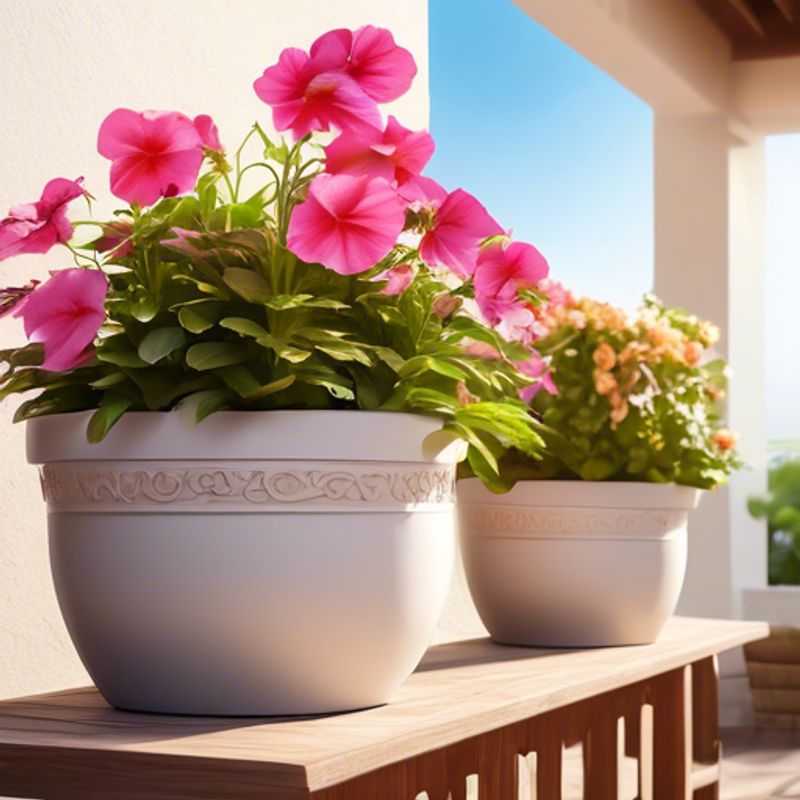
Weather-Resistant Pots: Choosing the Right Material for Outdoor Use
Choosing the right pots for your outdoor plants is essential to their health and longevity. Weather resistance is a key factor to consider, as pots will be exposed to rain, sun, and temperature fluctuations. Here are some tips for researching weather-resistant options:
Material Matters: Not all materials are created equal when it comes to withstanding the elements. Consider these options:
Terracotta: While beautiful, terracotta is porous and can crack in freezing temperatures. Consider glazing or sealing to improve its weather resistance.
Ceramic: Glazed ceramic pots are generally more weather-resistant than terracotta, but still susceptible to freezing temperatures. Look for frost-proof options or protect them during winter.
Plastic: A budget-friendly and lightweight choice. Opt for UV-resistant plastic to prevent fading and degradation.
Metal: Metal pots can be durable, but can rust if not properly treated. Galvanized steel and aluminum are good choices for outdoor use.
Fiberglass: Offers a blend of durability, lightweight, and color options. Often comes in more contemporary designs.
Drainage is Crucial: Ensure your pots have drainage holes to prevent waterlogging and root rot. Consider using a pot with a drainage tray to catch excess water.
Look for Frost-Proof Options: If you live in a region with freezing temperatures, look for pots explicitly labeled as "frost-proof." Freezing water can expand and crack pots, especially those made of terracotta or ceramic.
Check for Durability: Examine the pot's construction. Look for sturdy materials, reinforced edges, and well-sealed seams to prevent cracking or breaking over time.
Consider Your Budget: The cost of pots varies widely depending on material, size, and design. Set a budget and explore options within your price range.
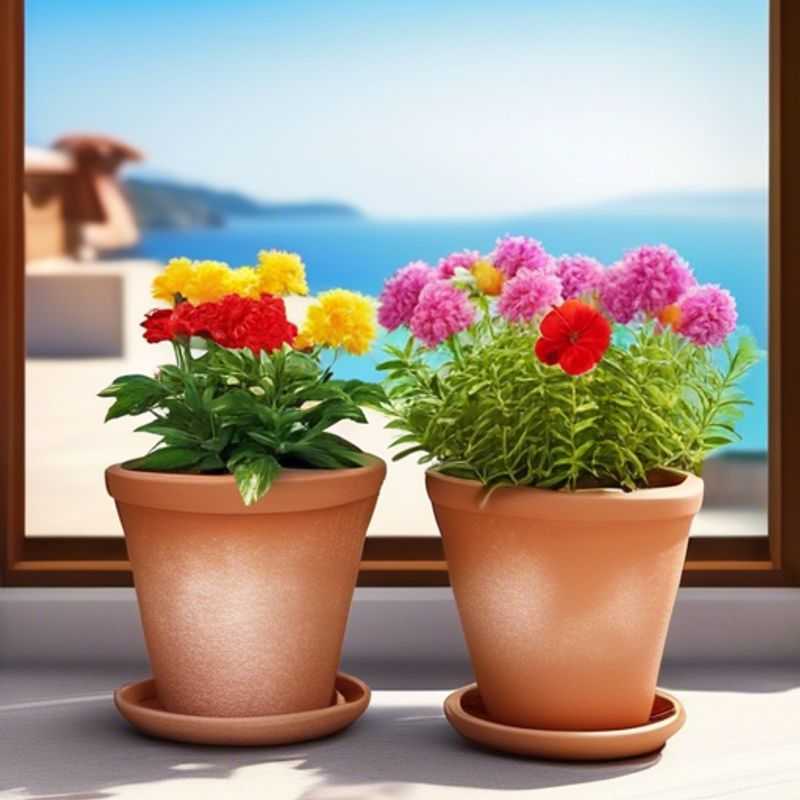
Warranty and Guarantee: Protecting Your Investment
A warranty or guarantee is a promise from the manufacturer about the quality and performance of their product. It typically outlines the terms of repair, replacement, or refund for any defects or malfunctions within a specific timeframe. This can be a valuable benefit for consumers, as it offers a level of protection against unexpected issues.
Always check for a warranty or guarantee before purchasing a product. This information can typically be found on the product packaging, website, or included documentation. Understand the terms and conditions, including the duration, coverage, and any exclusions. This will give you a better understanding of your rights and potential costs if a problem arises.
Some manufacturers offer extended warranties or guarantees for an additional fee. Consider whether this extra protection is worthwhile based on the product's value and your individual needs. If you plan to use the product for a long period, or it is a high-value item, the added protection might be beneficial.

Measure Your Planting Area: Choosing the Perfect Pot Size
When choosing a pot for your plant, getting the right size is crucial. A pot that’s too small will restrict root growth and lead to frequent watering. A pot that’s too large will hold too much water, potentially leading to root rot.
To determine the right size pot, measure the width of the plant, including the leaves. The pot should be about one to two inches wider than the plant’s widest point. For example, if your plant measures 12 inches wide, a 14 to 16 inch wide pot would be appropriate.
It’s also important to consider the depth of the plant. The pot’s depth should accommodate the plant’s roots with some extra space for growth. The depth of the pot should be about the same as the plant’s height. If your plant is 12 inches tall, a pot about 12 inches deep would be a good choice.
Remember, the best pot size is one that allows for healthy root growth, proper drainage, and minimal stress on the plant. Always choose a pot that is the right size for your plant to ensure its well-being.
